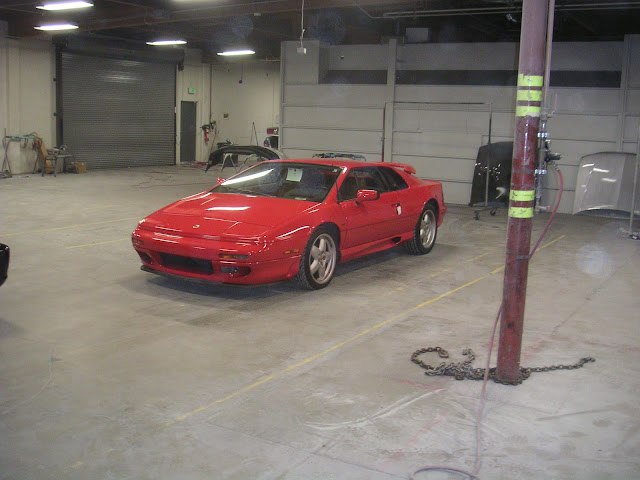In no particular order. We are sorry if we offend anyone with this list. We will be the first to admit that it is better to own an ugly car than a boring one. Some of the cars on this list are some of the greatest cars ever made. . . they just didn't look so great. But they are still remembered and, at least in some cases, loved.
Manufacturer, Model, Years
GM (Chevrolet), Monte Carlo, 2000-2005
GM (Pontiac), Aztec, 2000-2005
Ford, Anglia, 1959-1967
Lancia, Ypsilon (worst of entirely ugly line of vehicles), 2003-2009+?
Ford (Edsel), Citation, 1958-1959
AMC, Gremlin, 1970-1978
Fiat, Multipla, 1998-2003
Nissan (Datson), Silvia/200SX, 1975-1979
Suzuki, X90, 1996-1998
Subaru, Baja,
GM (Chevrolet), Avalanche, 2002-2006
BMW, 6-Series, 2003-2009+?
Reliant, Regal, 1951-1972
Renault, Megane,
Ferrari, 512 TR Testarossa, 1984-1991
Mercedes Benz, SLR McLaren, 2003-2009+?
Studebaker, Lark, 1959-1966
Ferrari, Enzo,
Chrysler, , 1947-1948
Chrysler, , 1961
Subaru, B7 Tribeca,
BMW, 7-Series, 2002-2008
Chrysler (Jeep), Compass, 2007-2009+?
Rolls Royce, Phantom, 2003-2009+?
GM (Chevrolet), Malibu, 2004-2005
Citroen, Ami, 1961-1978
Toyota (Lexus), Soarer/SC430, 2001-2009+?
Nissan, Murano, 2009-?
Nissan, Quest,
Lancia, Y, 1996-2003
Ssangyong, ,
GM (Chevrolet), Impala, 1959
Ford, Mercury 54, 58, Monterey, Montclair, Park Lane, Turnpike Cruise, 1958
GM, Buick, 1958
Chrysler, 300F, 1960
Ford, Lincoln Continental, 1958-1960
GM, Oldsmobile, 1958
Chrysler, Dodge, 1958
Rambler, Rebel & Ambassador, 1958
Chrysler, Dodge, 1959
Ford, 1959











































